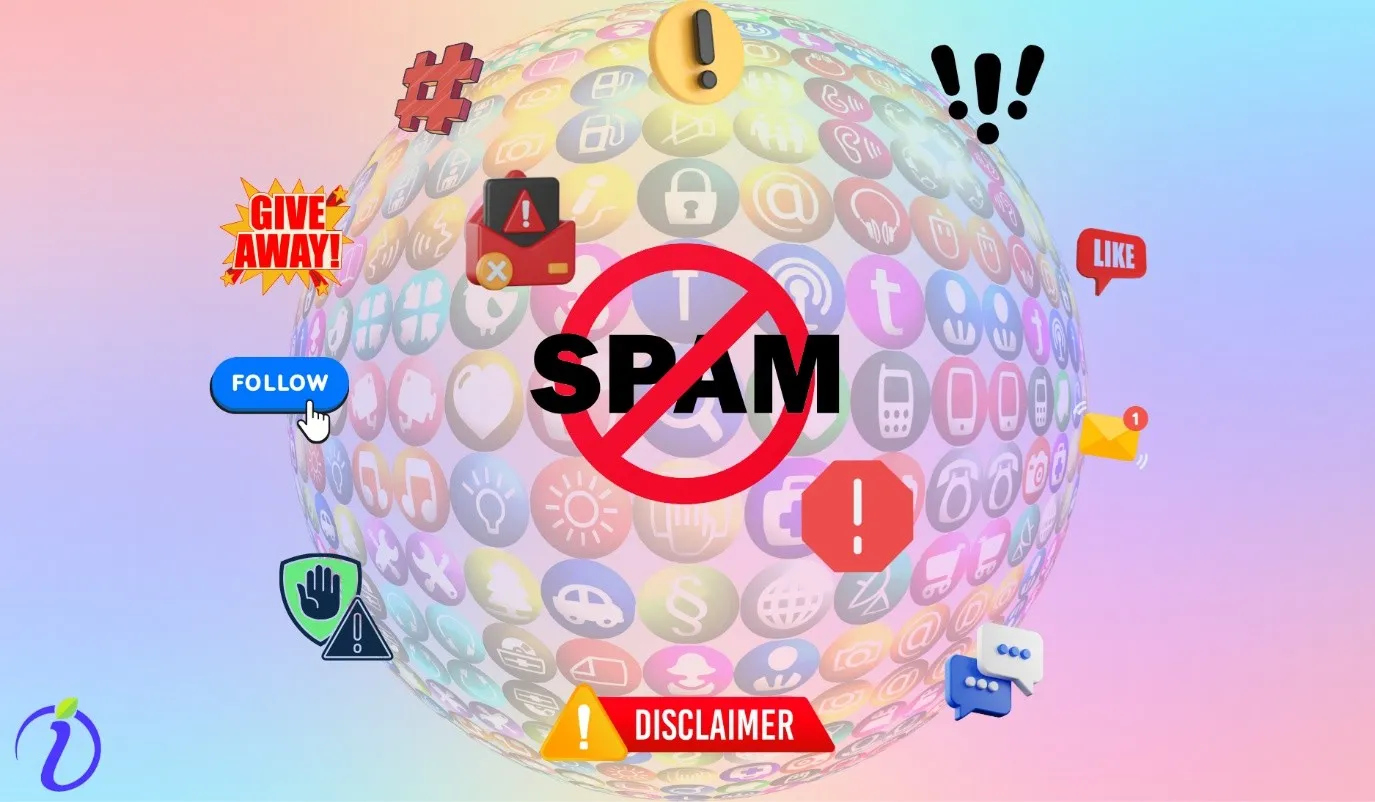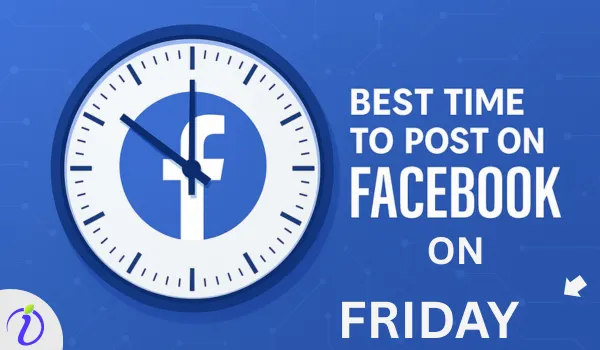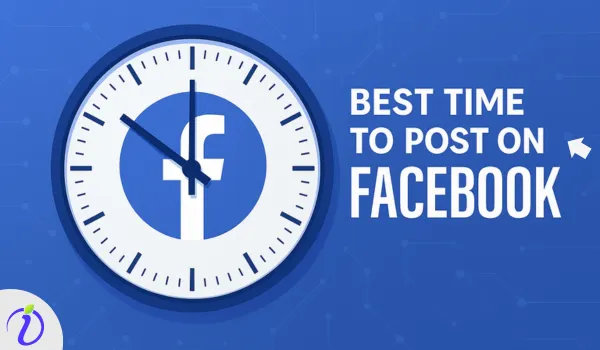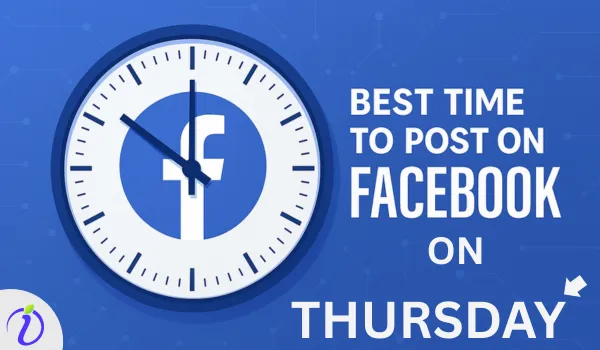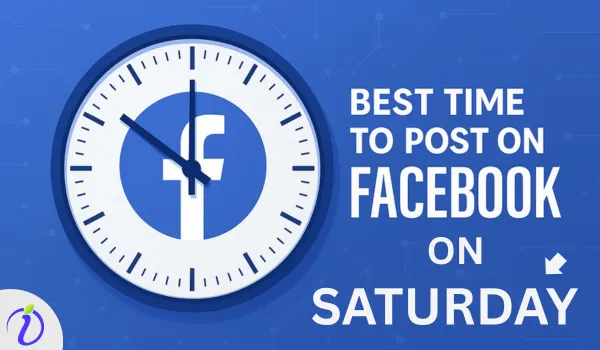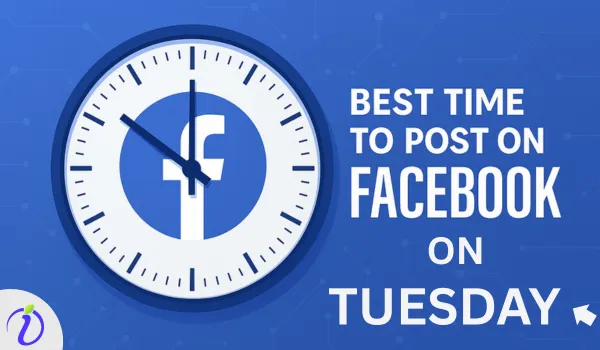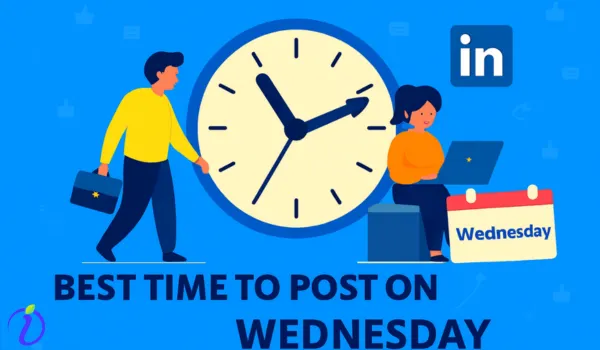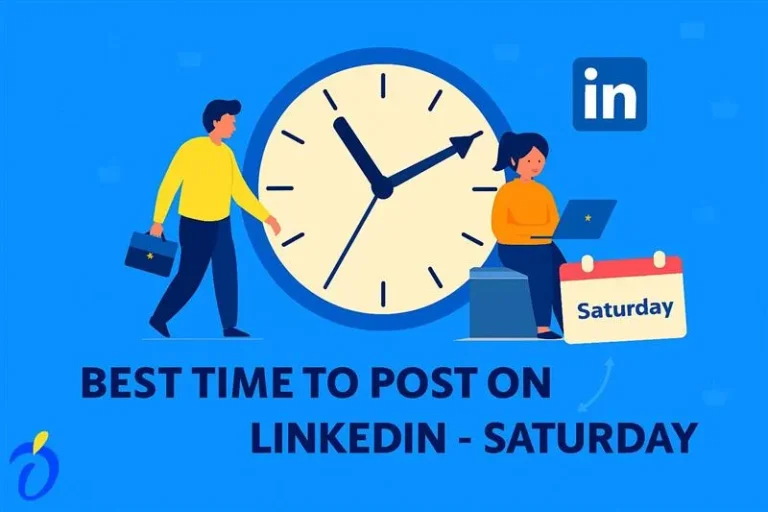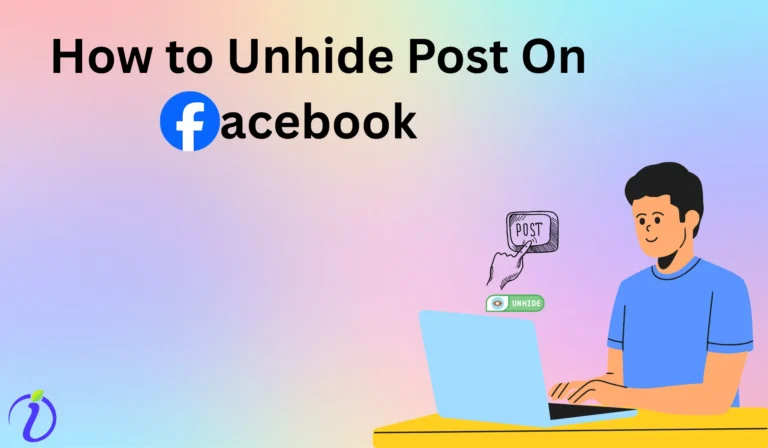When the digital arena has advanced so much, connecting with anyone around the world is just as easy as a click. But there are two sides to the coin. This advancement also comes with many undesirable elements, such as online scams, fraudsters, hacking, and spam. In this blog, we will cover all about spam accounts, what is a spam account is on social media, and how to spot one.
We will also discuss the ways to identify spam and an account, and how to stay safe while getting the best. This blog will cover all kinds of spam and also explain why people create spam accounts. We want to make sure that when you are using social media, you should know every tit and bit about it
What is a Spam Account
In the digital arena, spam is anything that is unwanted and unsolicited. It can be a message, comment, content, email, link, clickbait, tag, etc.
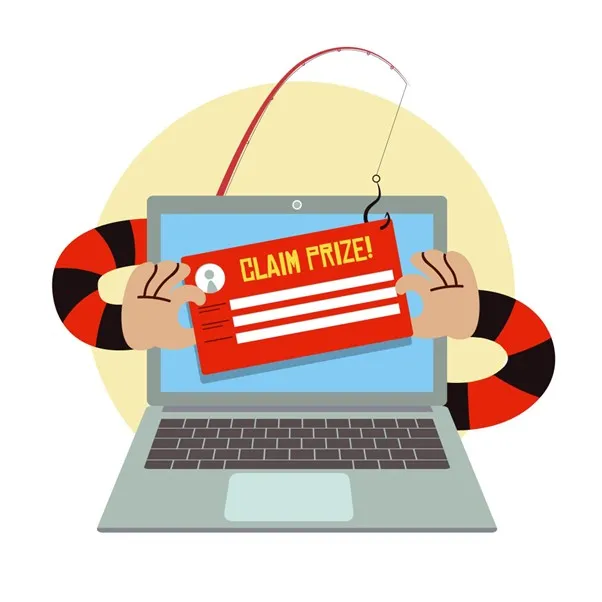
A spam account is an account that sends such messages to people. Mostly, these messages are promotional in nature, but sometimes they can contain dangerous links or malware.
What is spam for social media
A spam account is an account that sends such messages to people. Mostly, these messages are promotional, but sometimes they can contain dangerous links or malware.
Spam on social media can include
1. Comment spam
- In the comment section, you can see very generic comments or fake reviews, or you might feel like artificial comments, which are mostly given to create a phoney sense of positivity or negativity.
- Sometimes, there can be some malicious links in the comment section.

2. Message spam
- There could be messages in your Inbox section of your social media that look suspicious.
- For example, anyone claiming to give you prizes, some offer, or give away, and encourage you to click on any link
- Sometimes, spammers also induce fear in your mind by giving messages like “there is a problem in your account and pushing you to click on links.
- Usually, these messages are sent by someone with whom you have never or rarely interacted on Instagram.
- Also, these messages are sent in bulk. Many people fall prey to this tactic.

3. Like or Follow Spam
- You can see that sometimes random people or accounts start following you or send connections to you. They do this expecting you to follow them back.
- These accounts also show activeness; they like and comment too much and gain attention.
- Some accounts also purchase likes or followers in order to show popularity on social media.
- Sometimes, people tempt you to follow them or like them, promising a reward in return. But no actual reward is given.

4. Giveaway spam
- In social media groups, DMs, or comment sections, you can get tempting offers encouraging you to click on a link.
- These come from big brands or big personalities.
- They also come up in the form of surveys, asking for some personal details.

5. Tagging spam
- In social media, you can see that unknown people tag users. These tags also happen in the comment section, prompting the users to click on comments.
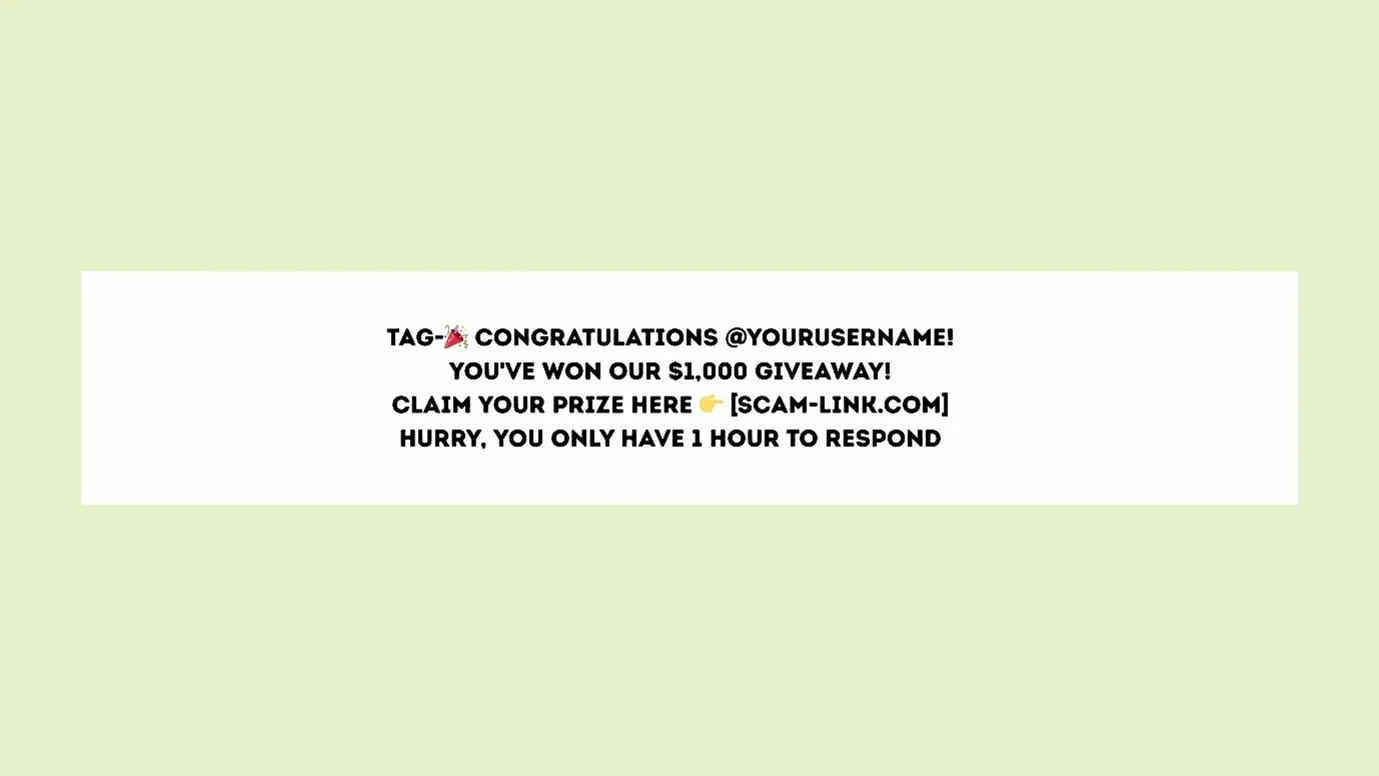
6. Content spam
- You can see many accounts posting low-quality or irrelevant content in a repetitive cycle.
- The content is also copied from somewhere and is posted again and again to gain attention and to mess with the social media algorithm.

- Some posts on social media use too many hashtags. Their main aim is to appear in all searches and rank.
- The hashtags are unreasonable, high in number, and seem irritating.
- Spammers also trick you into entering a hashtag by giving you prizes. They also tarnish the user’s experience by showing up in every search result.

Motivations behind creating spam accounts ( Why Do People Make Fake Profiles?)
1. To explore their own identity
Some users are not sure how social media would treat them if they express themselves in a raw and uncut way. So, they create fake profiles where they can be themselves. They can comment randomly, post random things, and fully be themselves.
2. For having a research account
- Many influencers, businesses, and content creators have one main account for posting content and gaining followers. If they have one or more accounts for research purposes, they can easily navigate through competitors’ profiles, see what is posted, and observe the strategy without getting caught.
- Social media platforms like LinkedIn can trace who has visited your profile, and in order to prevent getting caught, many people use a spam profile.
3. Manipulating public opinion
People create fake or spam accounts to manipulate public opinions. They spread content that makes a bias in people’s minds for a thing or person.
- For political agendas
- For promoting any business
- For promoting films
- Any PR strategies.
4. Spreading misinformation or hate
- Very strangely, some people like spreading hate. They often make fake accounts or spam accounts and bully or harass someone.
- Many people also get pleasure in spreading misinformation and hate. Since they cannot do that via their primary account, they use a spam account.
5. For conducting surveys.
Some institutions or start-ups conduct surveys or polls on social media to understand and know people better.
6. For scamming people
This is the most notorious reason for making a spam account. People send a malicious link beautifully wrapped in content, which makes people click on the link and lose money or personal data.
7. To bypass bans or restrictions.
Whenever a social media platform finds any deviation or trespassing in its community guidelines, it suspends or bans the account. People create another spam or fake account for themselves.
Identifying Spam accounts, How to Identify Spam accounts?
- Look at their bio or about section. Also, look at their profile pictures and the photos or content they have shared. You can find some signs like
- They do not have an original profile photo; they have put any celebrity photo, any AI-generated photo, a cartoon photo, etc.
- Observe their about section or bio; everything either seems too perfect, or it could be ambiguous.
- Look at their content and their photos, and judge whether they seem real, copied, or generated. You can put their profile photo in Google Lens and see whether it is present anywhere else, too.
- Most of the accounts have no or very little content posted.
- Observe their friends, followers, or connections. Go through some of them. In most cases, you will find that they follow a lot of people but have not received a follow-back. Also, the people who are on their friend or follower list seem artificial.
- Look for the comments and likes that they have received on their content. You can have an idea from the interactions they have.
- Check their name on Google; if they have accounts on other social media, match their data. If the data does not match, then it could be a fake account.
If the account holder has ever messaged you or contacted you via any means, see if their messages seem awkward or contain any links. If you see any red flags in the messages, then it could be a spam account.
Threats posed by spam accounts
- As you are learning what is a spam account on social media and how to spot one, it is also important to understand the bad effects of spam accounts. By understanding the bad effects, you will get an idea of how small things can harm you and impact your daily life.
- The most dangerous threat posed by such spam accounts is the presence of malicious links. These links can instil any malware into your device. Malware can take personal details from your device or hack your device.
- Spam accounts can create a fake sense of negativity or positivity for a person or thing. For example, when a new film is launched, hype is made that the film is very good, and everyone starts booking tickets.
- Spam accounts deceive people into providing a service and taking payments, and then disappear.
- These accounts spread misinformation and hatred. For example, during the COVID pandemic, many spam accounts claimed that they had found a cure for the disease and spread ruckus among the public.
- When spam accounts follow you, your credibility decreases on social media.
How to stay protected from spam accounts?
After knowing how to detect spam accounts, now it is time to learn how to stay protected, as prevention is better than cure.
- Do not accept friend requests or connections from everyone. Do some research, visit the person’s profile, look for mutual friends, and then, if you feel okay, you can accept the request or follow.
- Do not click on any random messages, comments, or links on social media. Never get tempted when you see messages that give you warnings or offers of any kind.
- When you know the signs of a fake account, you can pass on the knowledge to others, which will help others mitigate the negative impact of spam accounts.
- Regularly audit your followers or friend lists, and if you see any spam or fake accounts, remove them immediately.
- Do not share too much of your personal information on social media. You can also keep your account private to reduce the risks.
- Change your passwords every 6 months; do not log in from a different device ( if you log in from a different device, make sure to log out and change the password later).
- Do not fall for the profiles that seem perfect; always trust your gut feelings, and apply the above tricks to stay protected.
FAQs
What are some spam account names?
Here are some spam name examples:
- Contain too many digits (e.g., qwerty09876zz, crypto_trader_247) or random underscores (e.g., __free_gift___now__).
- Pretend to be a business or personality (e.g., taylor_swift_giveaway).
- Purposefully misspelled brand names (e.g., nike__oficiall).
- Romantic profile names to attract attention (e.g., hot_babe_near_you_).
- Not all fake accounts are harmful — sometimes they are created for research purposes.
Here are spam account usernames ideas:
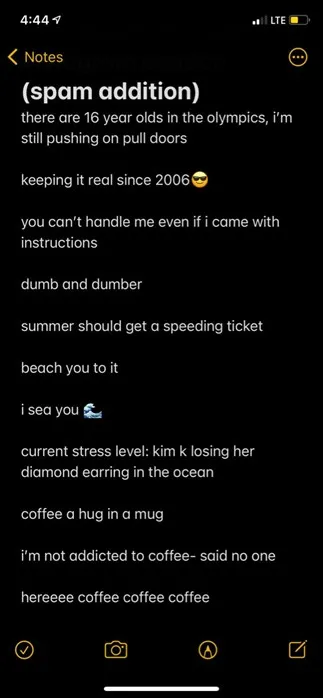
(Source: Pinterest)
How do I remove spam from my account?
When you detect a spam account on social media, first unfriend/unfollow them or remove connections. The next step is to report them.
Example: Removing spam followers from Instagram:
- Open Instagram and go to your profile picture (bottom-right corner).
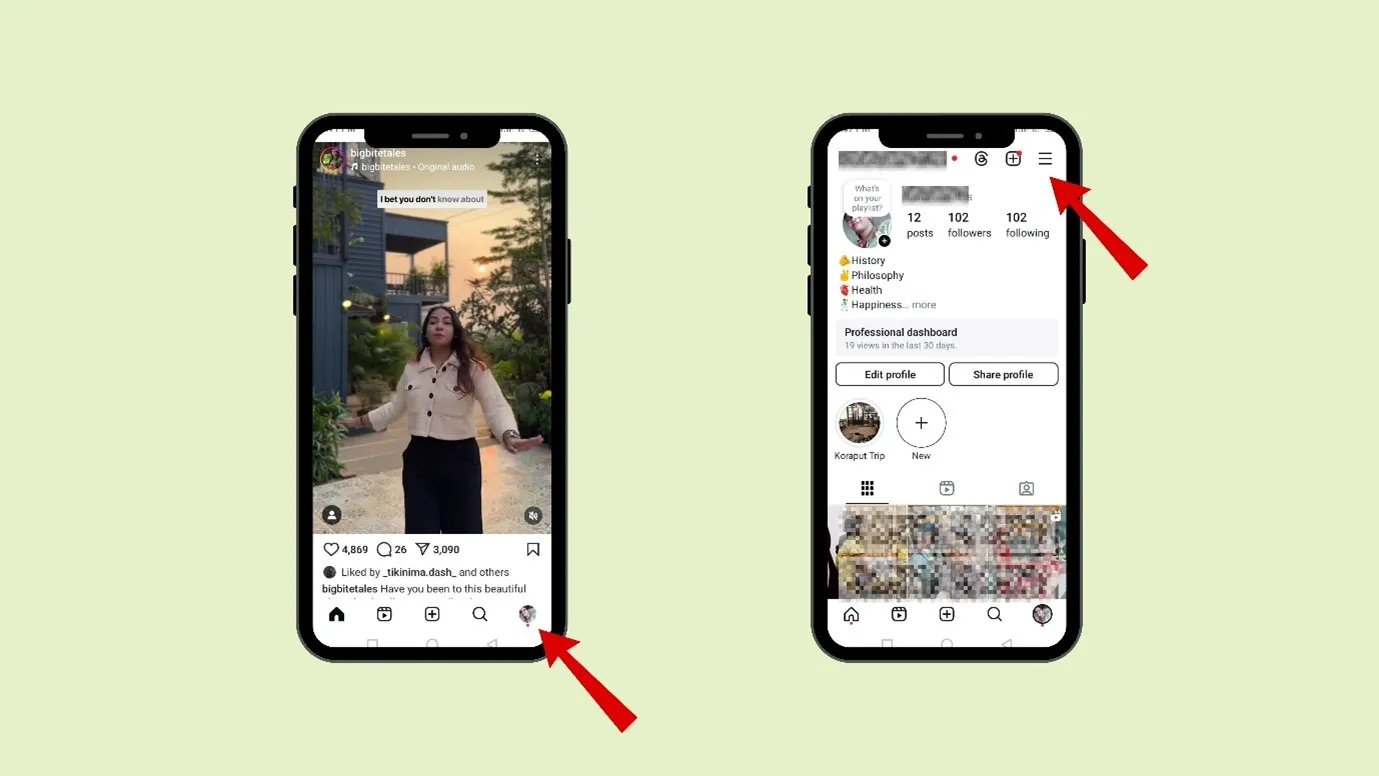
- Scroll down and select “Follow and Invite friends.”
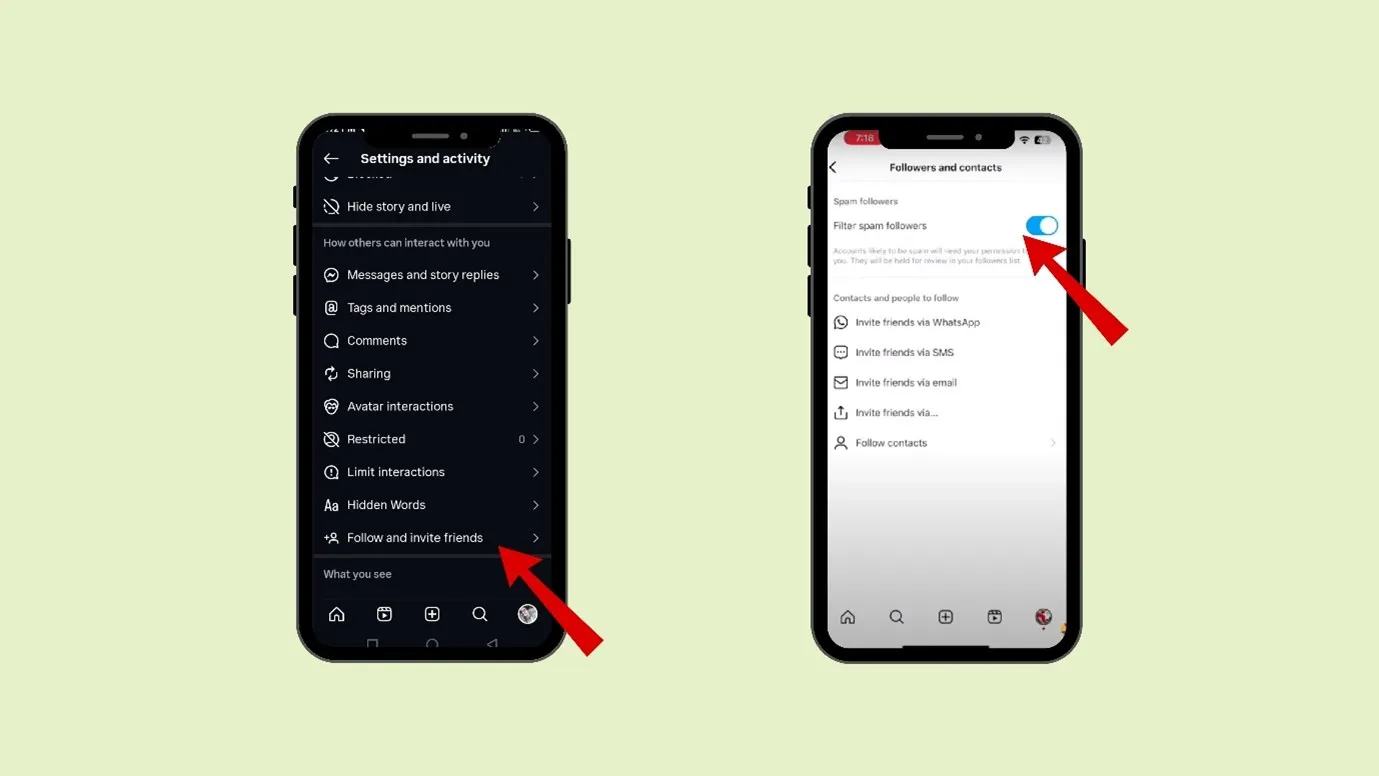
- Go to “Filter your followers.”
- Now open your followers list.
- Instagram segregates potential spam accounts — you can remove them here.
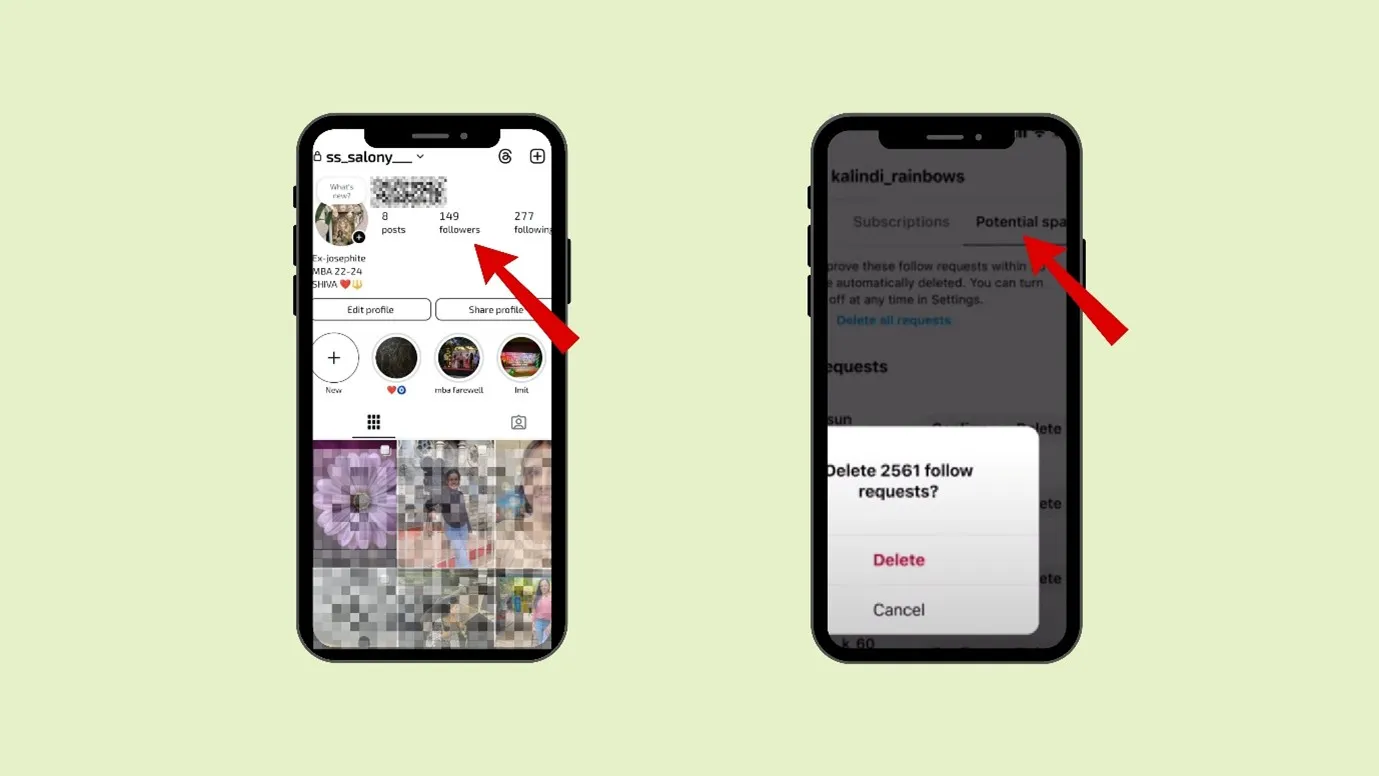
What do people post on a spam account?
Content on spam accounts often includes:
- Misleading or fake information
- Content spreading negativity or hatred
- Fake reviews (positive or negative)
- Tempting but fake offers
- False warnings creating urgency
- Bullying or harassment posts/comments
What are spam accounts on Instagram?
Spam accounts on Instagram are unnecessary or irrelevant accounts created for malicious or research purposes. They usually:
- Post low-quality content
- Follow large numbers of people
- Send random DMs
- Leave generic comments
- Have few or no followers
- Spread fake information
- Use random or suspicious usernames
- Send suspicious links
Why does it say potential spam on Instagram?
Instagram and other platforms flag suspicious accounts as “potential spam” to protect users. When activity matches spam patterns, the account is flagged automatically.
Note: Once you spot a spam account involved in malicious activity, report it immediately.
Key Takeaway
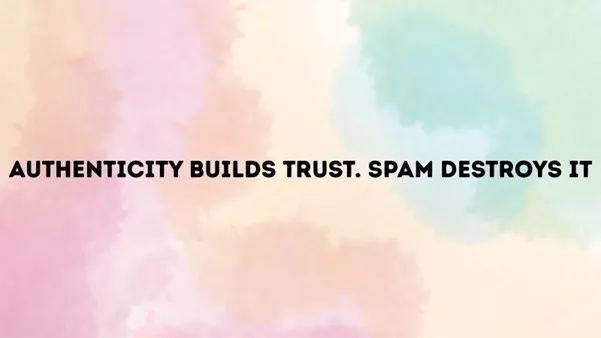
Social media is a great place to be, but again, we have discussed that we need to use it responsibly. Knowing how to identify threats like spam and following the right actions can mitigate the spamming effects and keep everyone safe on social media.
Now that you know what a spam account on social media is and how to spot one do share this blog with others. Also, do you want to know how to restrict unnecessary people on Instagram? Keep reading our blogs.
